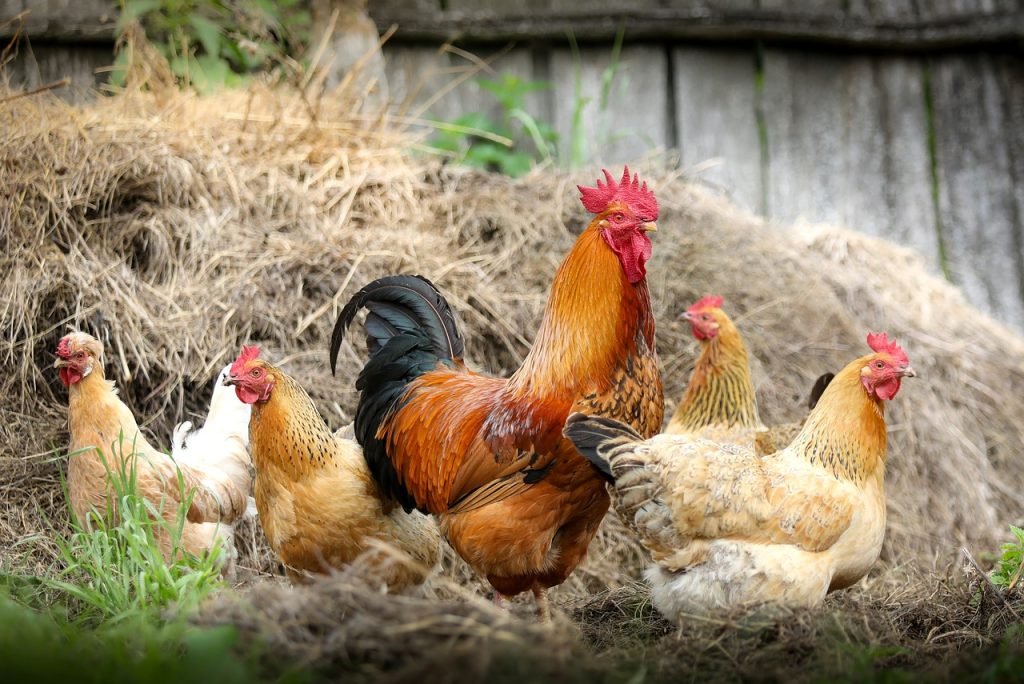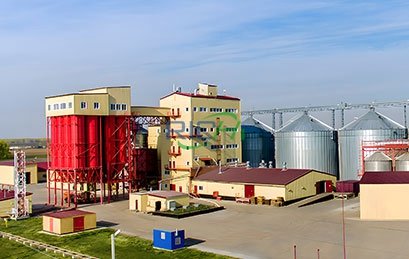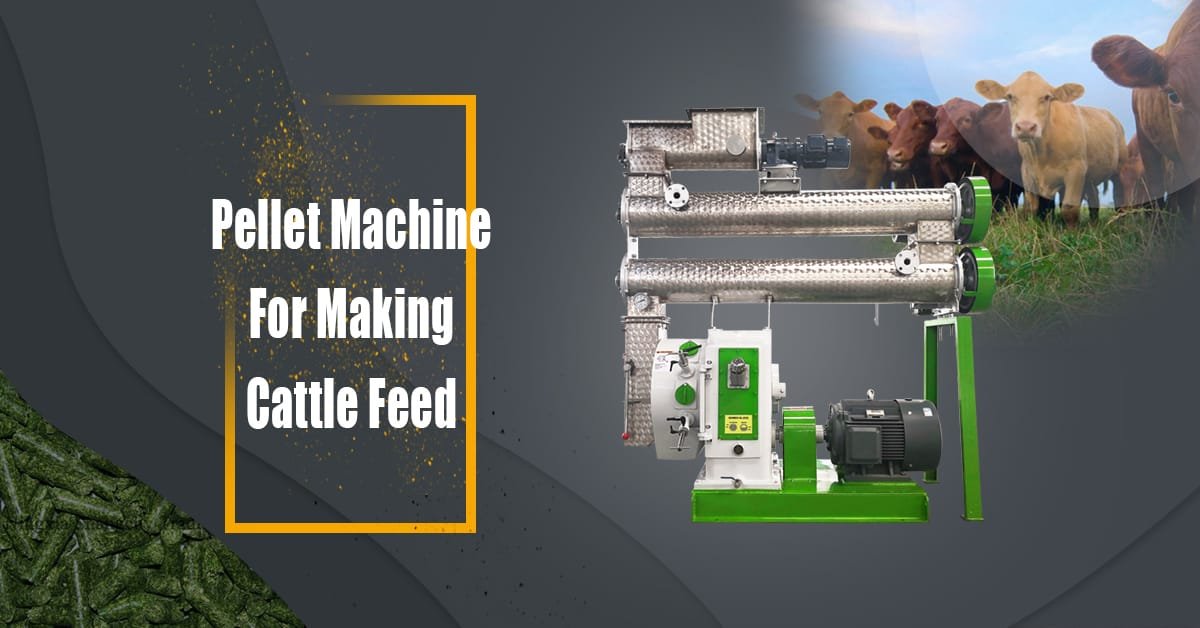Clinical Symptoms
① Acute type: Chickens suffer from severe diseases and also pass away promptly, some die suddenly in the cage and some die in the laying box. The day in the past, it had a huge hunger as well as was still in good spirits.
The following day, the chickens were discovered dead in the cage. Some chickens showed symptoms a few hours before fatality. Anxiety, loneliness, loss of appetite, watering, closed neck, loosened feathers, as well as sticky mouth and also nose discharge.
Looseness of the bowels with discharge of grey or environment-friendly thin down stools. There is dark purple cyanosis on the crown of the chicken prior to death, and the illness lasts for numerous hrs or 1-3 days.
② Chronic type: Happens in the late phases of intense upsurges or caused by much less toxic pressures. It prevails to see lethargy, anorexia nervosa, fat burning, as well as often relentless looseness of the bowels in sick chickens.
Some chickens have trouble breathing, nasal discharge, and the secretions have an unique odor. The crown of the chicken is light, edematous, hardened, with cheese-like changes, and even death and falling off. The joints are swollen, unsatisfactory or paralyzed.
How To Prevent Chicken Diseases Of Avian Cholera

① Hygiene and epidemic prevention steps: normally strengthen the chicken feeding monitoring, to ensure that chickens maintain a solid resistance, and do a great work of epidemic avoidance as well as sanitation.
When the disease occurs in chicken ranches, in addition to prompt medicine control of chickens, the chicken coop, website and utensils infected by sick and also dead chickens ought to be completely cleaned and disinfected when increasing chickens in autumn.
Newly introduced chickens need to be separated for half a month, and can be combined and also reared after monitoring of no illness.
② Medication avoidance and also therapy: Diseased chicken farms need to be treated with medicines in time.
Typically utilized medicines are penicillin, chlortetracycline, norfloxacin, olaquindox, tetracycline, oxytetracycline, streptomycin, etc. The water blending technique, the blending method and the one-by-one management technique can be utilized.
Nonetheless, for unwell chickens that do not eat or drink, the injection method need to be embraced (intramuscular shot of penicillin 50,000 to 100,000 units per chicken, twice a day for 2-3 days). In order to prevent germs from establishing medication resistance, alternative medicine can be taken, and attention needs to be paid to the period and also dose of medicine.
③ Booster shot: booster shot is greatly essential of exactly how to elevate chickens in fall, if there is no epidemic of this disease in chicken ranches, inoculation of bacteriocin is usually not called for. Vaccination in endemic areas has a certain impact. There are attenuated vaccines and also suspended vaccinations, which can be made use of additionally.
Dog breeders and laying hens are vaccinated prior to laying eggs, but the immunization duration of Pasteurella vaccination is really brief, typically no greater than 3 months.










